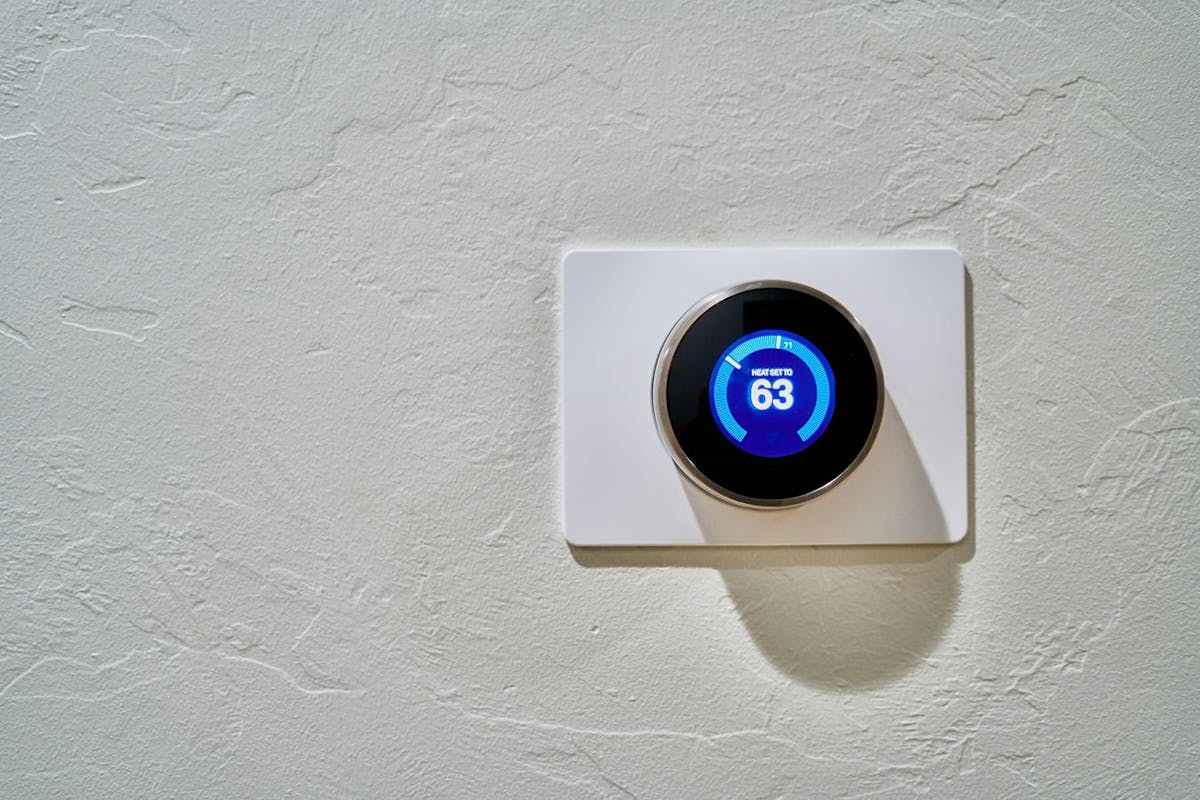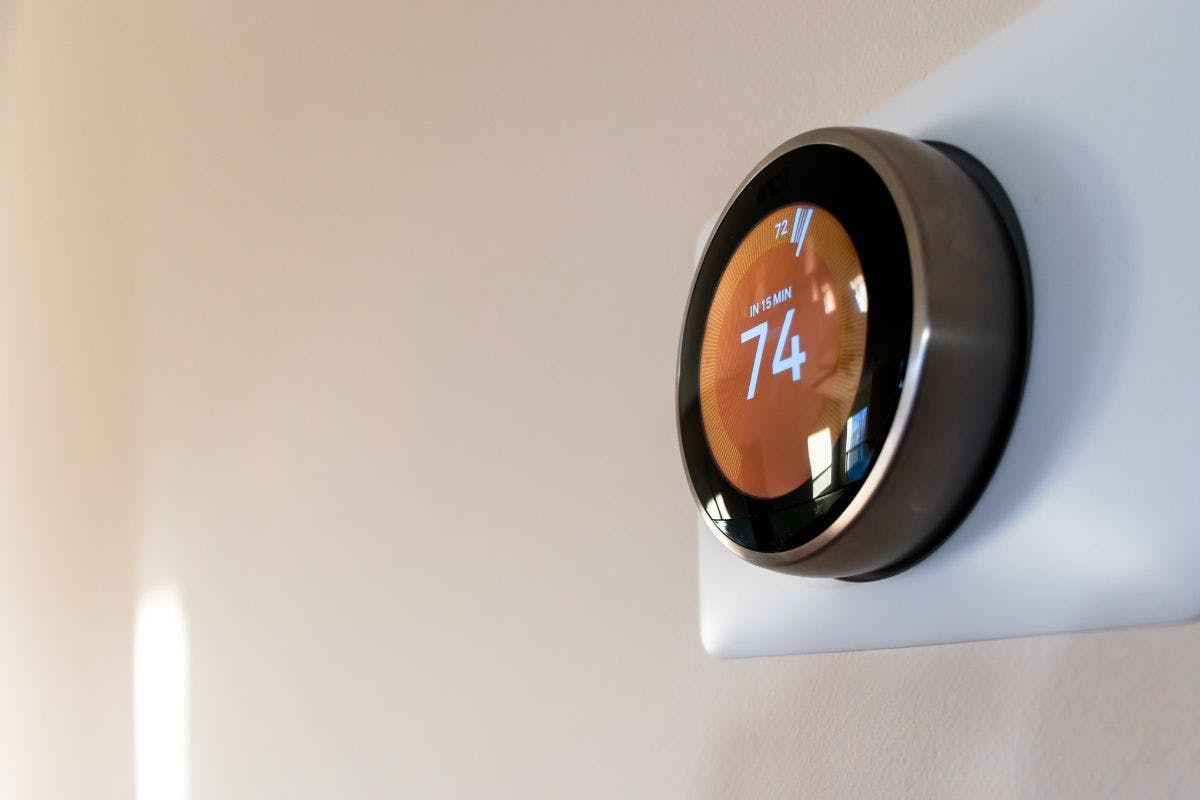Induction Stoves and Electric Cooktops: Electrify Your Kitchen
Last edited

Author
Andrew Giermak
Solar and Electrification Writer and Editor

Editor
Andrew Blok
Electrification and Solar Writer and Editor

If you want or need to replace your stove, consider upgrading to an induction stove. Buying the right electric induction stove can give you improved energy efficiency, features, functionality, safety, and, perhaps most important, ease and speed of getting dinner on the table on busy evenings.
This is a look at the many considerations and what to know about induction stoves, electric cooktops, and why electrifying your kitchen (or whole home) could work for you.
See how much you can save with home energy changes
Induction Stove vs. Electric Stove: What’s the Difference?
Both electric stoves and induction stoves run on electricity. So what are the differences?
We’ll start with how they work. A traditional electric stove has heat-producing elements below a flat glass surface or in metal coils.
An induction stove looks nearly identical, with a flat glass cooktop. There’s no heat-producing element or coil to it. Instead, it works with electromagnetic induction, or magnetism. When a pot or pan with the right magnetic surface contacts a powered-on cooktop, it heats up. Instead of heating a burner to heat a pot, induction stoves heat the pot directly.
Both are relatively fast, but an induction stove is typically faster. For instance, induction, on average, gives you boiling water 2-3 minutes faster than gas or traditional electric.
An induction stove is typically a little more energy efficient. Both get rid of the gas flame in your kitchen, which to some chefs may be a negative, but can improve the air quality in your kitchen. Let’s go more into the pros and cons of each.
Induction and Electric Stove Pros
You can put numbers to some of the reasons to go to electric or induction cooktops. Some are more about your taste.
Induction stove pros
Safety: There’s the clear pro of the surface being much safer to the touch. When a piece of cookware (made of the right magnetic material) is on the cooktop and the induction is on, the heat is on and what’s in the pot or pan is being cooked. When the pot or pan is off the surface, the heat is off immediately and the stove can be quickly cool to the touch. It is effectively off if nothing magnetic is touching it. It can be cool enough to be safe in a few seconds.
There is virtually no fire risk with an induction cooktop. A paper towel, or food splatter, or pizza box, are not magnetic, so cannot trigger the inductive heat.
(You, of course, should still be careful around induction stoves.)
Energy efficiency: If energy efficiency is a priority, both electric and induction get high marks. Induction is a little better. A gas range works at 32% energy efficiency. A newer model electric cooktop works at 75-80% efficiency. With induction, efficiency reaches 85%.
An induction range gives off very little residual heat. Along with making your kitchen more comfortable, this has an extra effect of a more efficient HVAC system during the summer since it’s not compensating for extra cooking heat.
Health: An induction stove gives off no gas emissions, such as carbon monoxide, and no chemical emissions. These are major plusses in overall safety and home air quality.
Cooking: With an induction cooktop, the entire pot or pan is at the desired heat almost as soon as it’s on the stove surface. There are no hot or cold spots, such as the center of the pan being hotter. There’s nearly no preheating time. The temperature control, perhaps with a little time to get used to, is easier with induction than a conventional electric stove as changing the temperature is exact and practically instant.
Ease of use: If getting dinner on the table efficiently is important most evenings, induction will typically be a big help. The magnetic induction process gets the metal pot or pan to the heat you want almost instantly. It takes less time, with nearly no preheating time, for the heat to cook what’s in the pot or pan.
Many new induction ranges have high tech features, such as control by an app. The glass cooktop, which is cool almost immediately, won’t have food char to the surface and is easy to clean.
Traditional electric stove pros
Safety: Electric stoves have a lower risk of fire than gas stoves, as there’s no open gas flames and no risk of gas leaks.
Energy efficiency: Take the energy efficiency stat above. Going from gas to electric is a huge step to a more energy-efficient home.
Health: With electric stoves, you should get improved indoor air quality, since no fuel or emissions are going into your home environment.
Ease of use: A glass electric cooktop is, relative to an older coil electric or gas one, easy to clean. Since the surface gets hot, food can burn onto it and you’ll need to wait a bit for it to cool down. Induction will likely be easier to clean.
Cost: An electric range is, on average, less expensive upfront than induction models. While both may need additional electrical work, traditional electric is usually easier to install.
Another pro is about the cookware. This is part-money and part-cooking preferences. Any cookware will work with traditional electric, where an induction cooktop needs compatible magnetic cookware, which could boost the cost a bit more.
See how much you can save with home energy changes
Induction and Electric Stove Cons
There are drawbacks if you’re going from gas or older electric to induction or a new electric range. Some of the cons are big issues, such as cost, some are down to how, or what, you like to cook.
Induction stove cons
Cost: The main drawback with an induction stove is the cost. The initial purchase is the main expense, but another significant one could be the need to upgrade or increase the electricity in your kitchen. Your kitchen might need a higher voltage outlet or new wiring. You might also need to upgrade your electrical panel and cap the gas line.
Another potential expense worth thinking about ahead of time is your cookware. Stainless steel, cast iron, enameled iron, and nickel cookware works with induction cooktops. If you’re unsure about what you currently have, take a piece of cookware and see if a magnet sticks to it. If yes, it will work.
| Compatible cookware material with an induction stove |
|---|
| Cast iron |
| Enameled cast iron |
| Stainless steel |
| Nickel |
| Carbon steel |
| Not compatible with an induction stove |
| Copper |
| Aluminum |
| Ceramic |
| Glass |
| Any concave base |
Power: If your home loses power, an induction or traditional electric range will not work.
Scratches: With any glass top range, induction or electric, the surface may scratch.
Cooking preferences: Like with any new appliance, an induction stove might take some getting used to. You may need to dial in techniques such as charring, searing, and simmering on your new stove. With quicker heat, preheating won’t take as long and some cooks find themselves overcooking dishes at first. If you care about the aesthetics of, not just your kitchen but, your actual cooking, you might have to be ok not seeing the actual flame or burner when the stove’s on.
Traditional electric stove cons
Safety: The main drawback with a traditional electric stove, at least compared to an induction stove, is safety. If you have a kitchen where it’s pretty likely someone could touch an empty burner not knowing it’s on or was just turned off, this is a vital consideration. The same goes for a stray paper towel or food wrapper becoming a fire hazard.
It can be easier to forget a traditional electric stove is on. With induction, the heat is off as soon as there’s no contact with the pot or pan. With gas, you see a flame, so while it’s possible to accidentally leave the gas on, it’s easier to see the range is on. With traditional electric, there might be no sign a burner is still on.
From data from the National Fire Protection Association, cooking was the leading cause of home fires, the leading cause of home fire injuries, and the second-most cause of home fire deaths in the US from 2017-21. Cooking-related fires led to about 158,400 reported home fires and about 470 deaths a year. In those totals, 88% of deaths and 74% of injuries came in fires from ranges or cooktops — even as about 53% of the fires involved ranges or cooktops. Homes with electric ranges had a higher risk of fires than those with gas ranges.
Power: If the power’s out, your stove is out.
Cost: You might need to do electrical work to your kitchen before installing the appliance itself.
Scratches: Scratches or chips are possible on the glass surface.
Cooking: Some people find electric burners give uneven heat distribution. Another con, for some, is it’s slower to get up to heat than induction or gas.
How Much Does an Electric Stove Cost?
The range of costs of a new electric or induction stove is huge. Electric stoves can start at about $200 and you can find a wide range of choices for $500-$1,000. Induction stoves are typically more expensive. The minimum price is about $600. Many can be found in a range of $1,200-$1,500 and you can go up into the five digits if you’d like.
Along with the price of the appliance is the expense of renovating or upgrading the electricity in your kitchen ahead of bringing in the new range. That can tally from $750-$2,000 or more depending on how much work is going into the whole project.
The average operating cost of an electric or induction range is about $50 a year.
In most cases, there are tax credits and/or rebates to know about. On the federal level, you may qualify for a Home Efficiency Rebate of up to $8,000 and a Home Electrification and Appliance Rebate of up to $840 for appliances and upgrades that qualify according to the Department of Energy. These programs are run by the states, so check with your state to see if you and a new induction stove can qualify.
There may be state or local incentives you qualify for. For instance, Massachusetts has a rebate program for induction stoves.
Installing an Induction Stove
Purchasing a new induction cooktop is only one part of the equation. You might need to do some work in your kitchen and with your wiring before you’re cooking.
If you have a gas range, it is hooked up to an electric outlet. However, in most cases, this is a 120-volt outlet. An induction stove usually needs 240 volts. An electrician could recommend putting the new range on a dedicated outlet. You may also need new wiring or a new or higher capacity electrical panel. You will likely need to have the gas line capped and this is typically done by a plumber.
Your Kitchen and Home Electrification
You can electrify your range, your whole kitchen, other major energy users in your home, or your whole home. There are electric alternatives for your HVAC system, water heater, laundry appliances, and vehicles, some of the areas that would make the biggest difference in power usage.
The more you electrify your home, the lower your home’s carbon footprint will be. Other benefits include better indoor air quality and the possibility of net savings on your utilities as you will likely see a higher electric bill but a lower, perhaps all the way to no, gas bill.
Home electrification can integrate entirely with home solar power and solar battery backup storage. Many solar users save more on their utilities and due to better energy efficiency, plus help the environment to a greater degree. For more on getting started with solar, check out our solar savings calculator, or for more ways to save with home electrification, use Palmetto’s Savings Maximizer.
See what home electrification can do for you:
Frequently Asked Questions
How does an induction stove work?
An induction stove works through magnetism. The electromagnetic reaction between the cooktop surface and a piece of cookware (made of the right material) creates heat. The instant the pot or pan is off the surface, the interaction stops and the heat is off. Positives from this method and tech include shorter cooking time, energy efficiency, no emissions in your home, no radiant heat, and safety.
Can I install an induction stove myself?
Can you? Yes. Should you? In most cases, no, unless you’re a pro level electrician and plumber. Installing an induction stove may mean upgrading and increasing the capacity of electricity to the outlet for the new stove. It may mean capping the gas line, working on your electric panel, and other work which should be done by an electrician or plumber.
Is it safe to touch an induction stove?
A pot or pan on an induction stove will be just as hot as a pot or pan on any other stove. When you remove a pot or pan from the cooktop, the heat will turn off immediately. It will remain hot from the pan’s heat for a short time, but it will be safe to touch much faster than a gas or traditional electric stove. You should be able to touch the cooktop surface safely when it’s on, since your hand isn’t magnetic. You should still exercise caution around any stove, regardless of its heating mechanism.
Is a traditional electric stove more energy efficient than a gas stove?
Yes, a traditional electric stove is more energy efficient than gas. According to Energy Star data, a gas range works at an average of 32% energy efficiency and an electric range works at 75-80% efficiency.
Disclaimer: This content is for educational purposes only. Palmetto does not provide tax, legal, or accounting advice. Please consult your own tax, legal, and accounting advisors.


